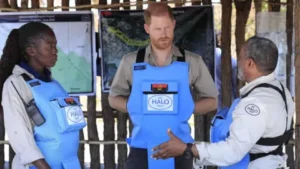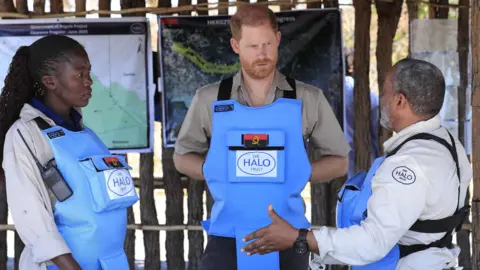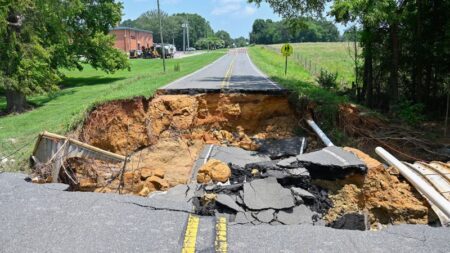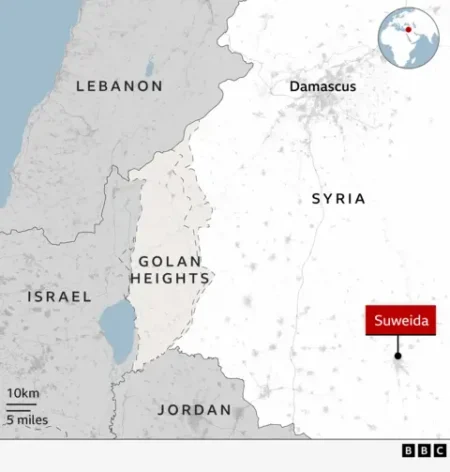Prince Harry, the Duke of Sussex, has taken a significant step by retracing his mother, Princess Diana’s iconic journey, as he has visited Angola to advocate for landmine clearance. This visit underscores his ongoing commitment to humanitarian efforts, particularly regarding the dangers posed by landmines to civilian populations. During his trip, the Duke expressed, “Children should never have to live in fear of playing outside or walking to school,” highlighting the urgent need to tackle the ongoing threat of mines that remain in the ground from previous conflicts.
The focus of Prince Harry’s visit was the Halo Trust, an esteemed organization dedicated to clearing landmines, which received considerable attention during Princess Diana’s notable visit to the Central African country back in 1997. The powerful image of Diana traversing a minefield, donned in a visor and body armor, captured international attention and sparked urgent discussions about the need for mine clearance in post-war zones. This historical context adds a poignant layer to Prince Harry’s efforts, as he aims to draw attention to the same vital issues that his mother championed.
During his engagement in Angola, the Duke witnessed firsthand the repercussions of landmine presence. He visited a nearby village, where he interacted with children who are educated on the safety practices required to avoid triggering explosives. Statistics underscore the necessity of these efforts; the Halo Trust has successfully cleared approximately 120,000 landmines over time—but an estimated 60,000 casualties have been incurred since 2008, with roughly one thousand minefields still posing a threat throughout Angola.
On this visit, Prince Harry also met with Angola’s President Joao Lourenco, discussing the government’s renewed commitment to support the indispensable work of the Halo Trust. This collaborative approach emphasizes the critical role of both governmental and NGO efforts in ensuring community safety. James Cowan, the Halo Trust’s chief executive, aptly stated, “We will continue our work in solidarity with the Angolan people until every last mine is cleared,” reinforcing the organization’s commitment to eradicating the threat.
The historical significance of this visit resonates deeply within the wider narrative of mine clearance in Angola. Princess Diana’s 1997 jaunt through a path cleared of mines generated a global outcry for an international ban on such weapons, further amplifying the importance of humanitarian efforts that seek to aid civilian populations. Despite facing criticism for her activism, the princess’s advocacy reshaped the discourse around landmines and their devastating consequences.
It is essential to note that the minefield that Princess Diana had walked through on her visit has since been cleared, and today, that area is flourishing as a community hub. Children now attend the Princess Diana School, a testament to the hopes and dreams that can be fostered when the specter of war-related dangers is addressed. This transformation underscores the impact that dedicated advocacy can have, both in terms of immediate safety and in fostering long-term community development.
In conclusion, Prince Harry’s actions not only honor his mother’s legacy but also shine a light on ongoing humanitarian needs. By raising awareness about the dangerous remnants of conflict, he continues the vital fight against landmines, ensuring that children can grow up free from fear and with access to safe spaces where they can learn and play. His visit to Angola serves as a poignant reminder of the lasting impacts of armed conflict and the continued necessity for concerted global efforts to ensure a safer world for future generations.











